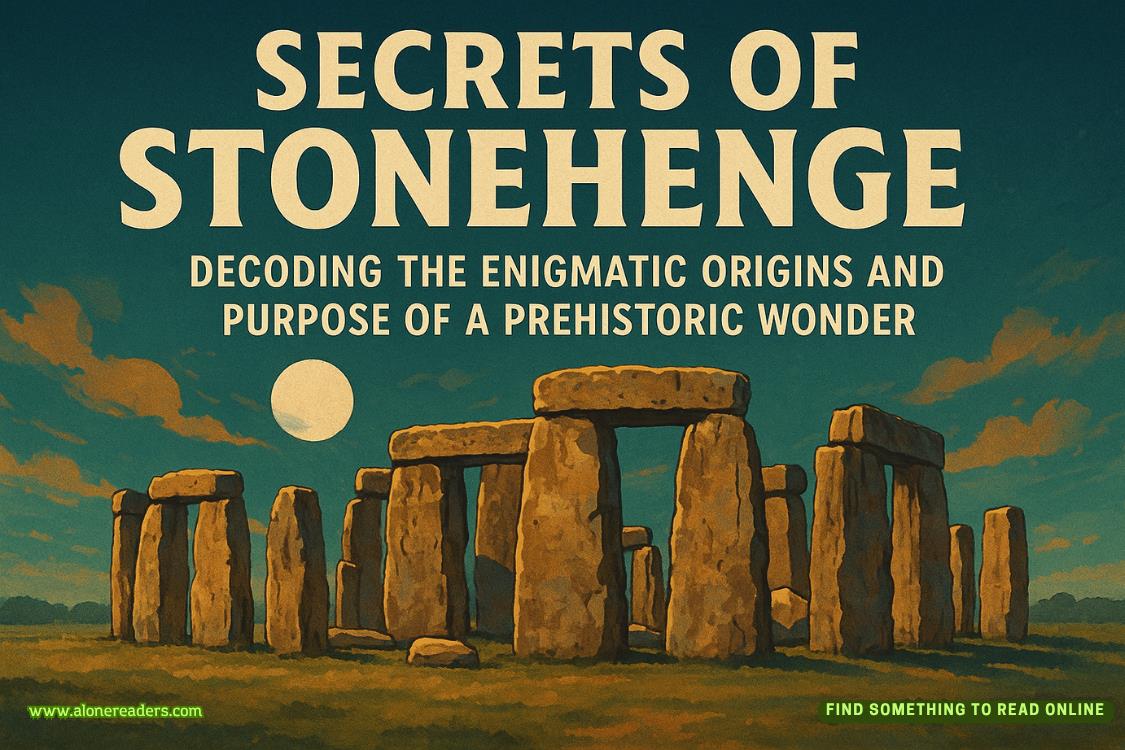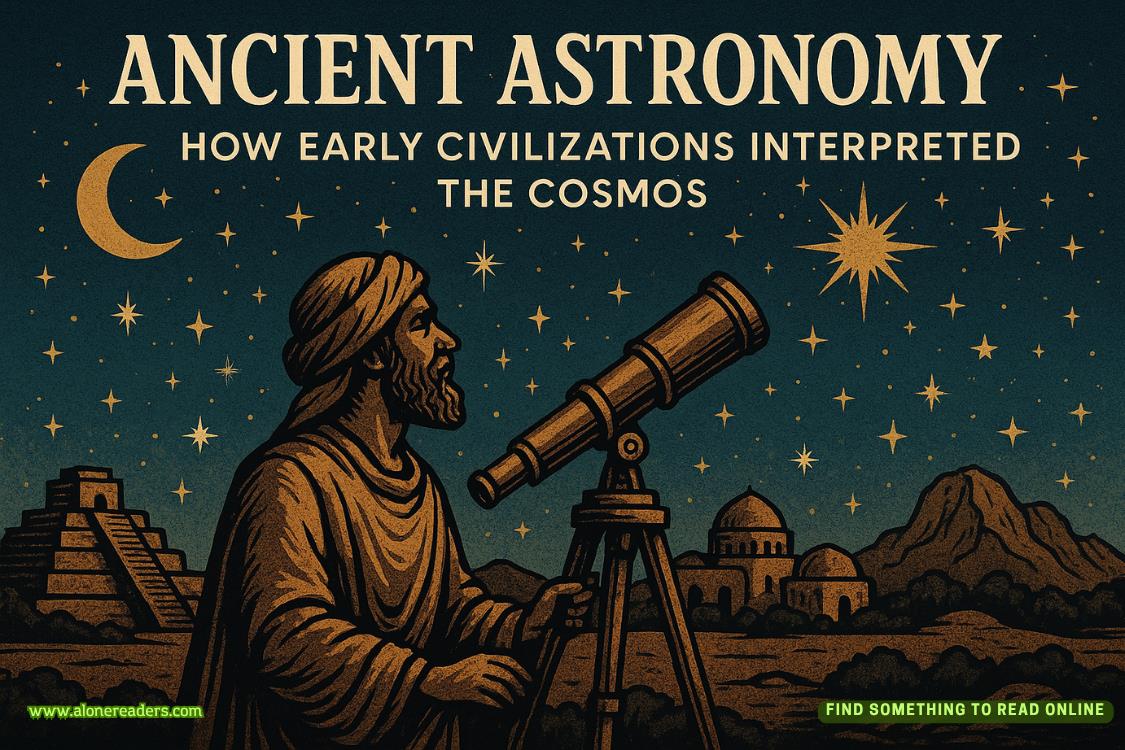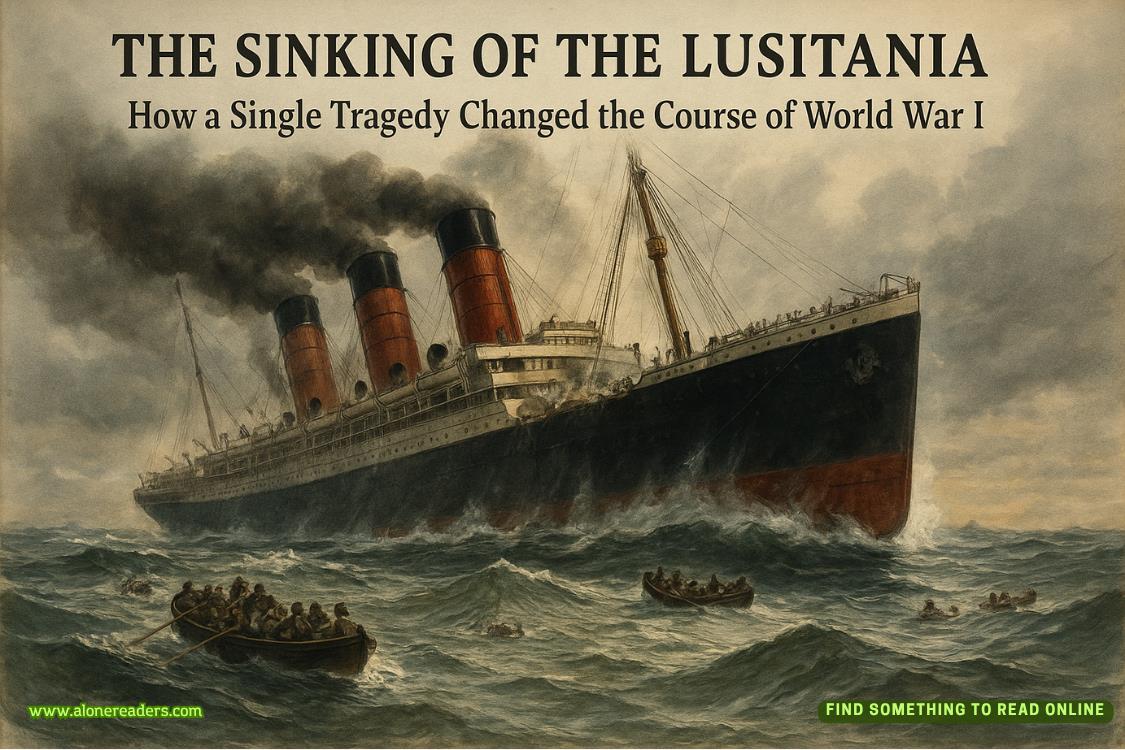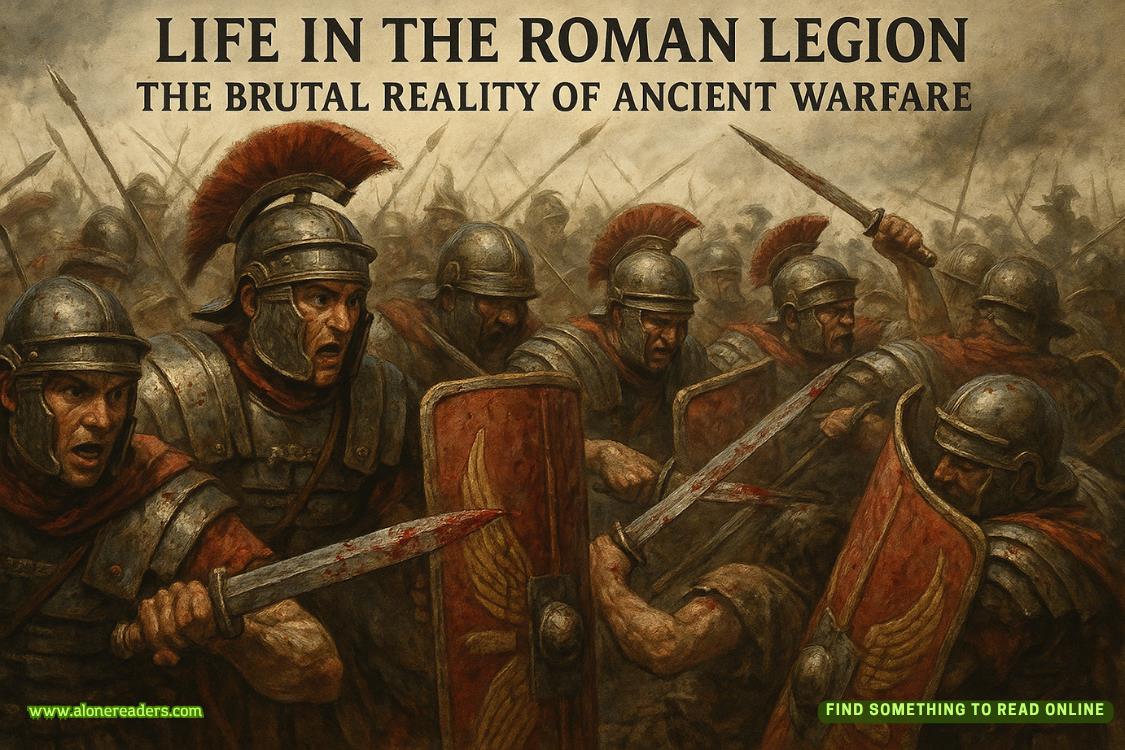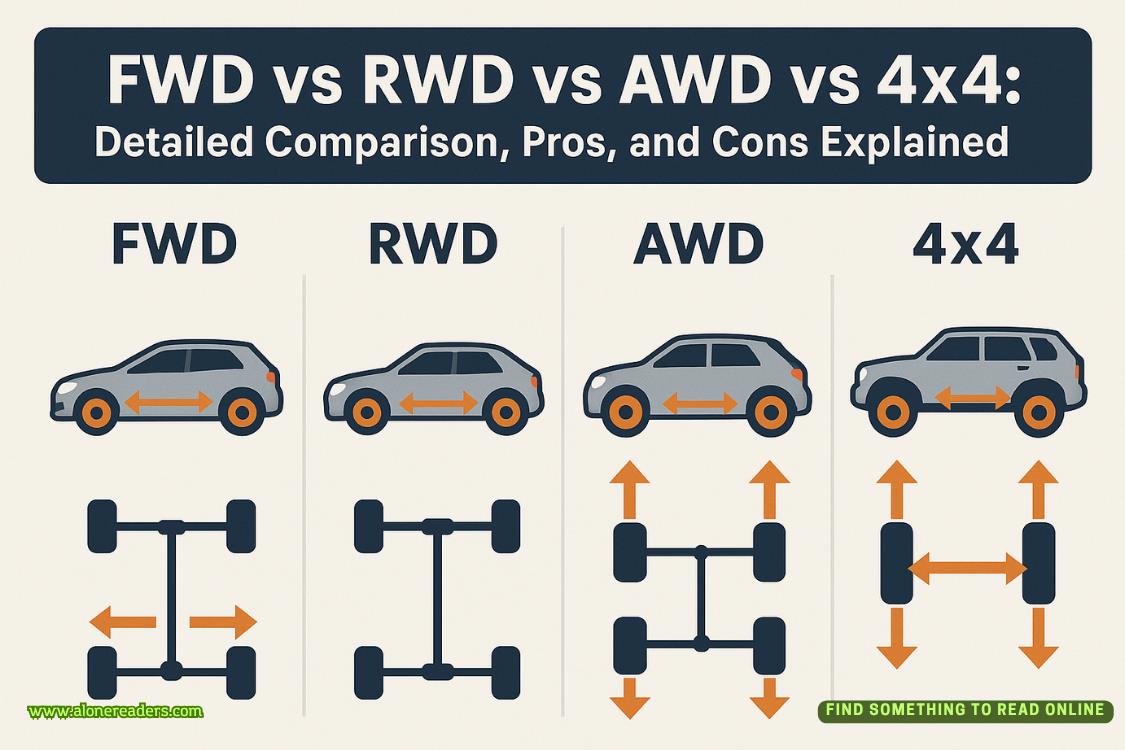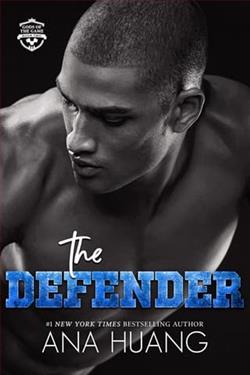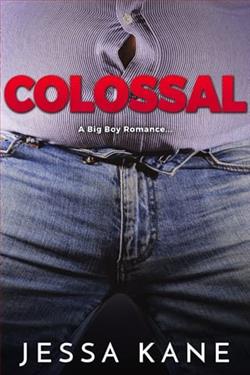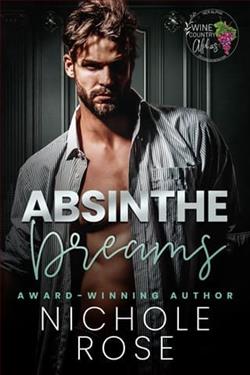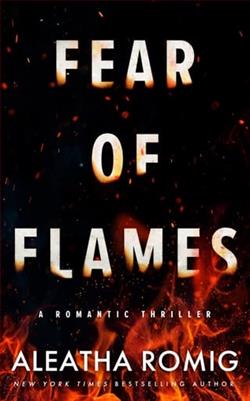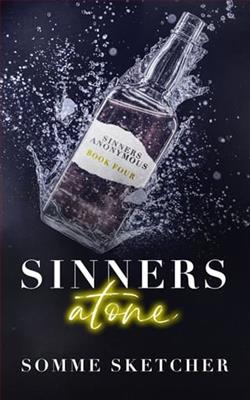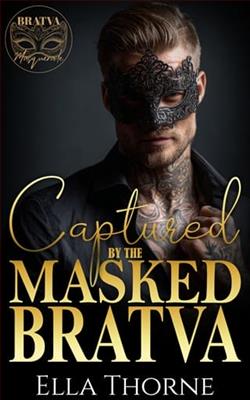Page 81 of The Attic on Queen Street
Mandy’s pale cheeks flushed a pretty pink. “I’ve got a meeting in five minutes, so I’m going to leave you two alone. If you’re done before my meeting is over, please lock this door behind you and tell the receptionist in the lobby to let me know so I can put everything back. Feel free to take photographs, but no flash, please.”
We said good-bye, and she left. I waited until the door had closed and said, “She’s a bit bossy, isn’t she?”
Jack gave his trademark grin. “I find it admirable when a woman isn’t afraid to show she’s in charge.”
A flood of heat swept through me as I recalled just how admirable he found it. I put my tote bag on the ground and pulled out a pen and a notebook, along with my phone for pictures.
“Let’s do this systematically,” I said. “We’ll move from left to right, back to front. While you hold up the portrait, I’ll write down whateveris on the nameplate on the frame and then take a photo. I’ve already prepared a spreadsheet where we can cross-reference—”
“Mellie?” Jack interrupted.
I lifted my head from the notebook on which I’d been numbering lines. “Hmm?”
“Can we just look at the portraits and see if there’s anything that might help our investigation? There’re only twelve, so it shouldn’t take that long. If we find something, then we can do all that other stuff. Okay?”
I looked at the portraits just begging to be organized and categorized by my methods, which were bound to be superior to any museum’s. “I guess.” I placed my notebook next to my bag, then grabbed two pairs of gloves from the box before squatting down next to Jack and handing him a pair.
It was a pleasant surprise to see that the paintings had been organized in chronological order with the oldest in front. It was comforting to know that if I ever got tired of selling houses, I could consider a career in museum curating. Or as a librarian.
The first four portraits showed the earliest Vanderhorsts, who predated the house on Tradd Street. Because I lived in their descendants’ house and had become intimately acquainted with more than one of their family members, putting faces to the names on the family tree was a bit like discovering long-gone relatives. Except they weren’t my relatives, and they weren’t exactly gone.
Jack quickly passed over the next paintings, of a prized horse and of a camellia bush in full bloom; then he paused at one of a peacock, its glorious tail spread out in splendor.
“It’s signed by Elizabeth Grosvenor,” he said.
My throat tightened as I remembered the Revolutionary War spy who’d helped me find the rubies buried in the Gallen Hall cemetery. I lifted my phone and snapped a picture.
“At some point, we need to find a way to get this back to Gallen Hall to hang next to Eliza’s portrait in the stairwell. But I’m not going to ask Anthony. It just doesn’t make sense to have it here, hidden in storage.”
I snapped a photo of the next painting, too, one of Carrollton Vanderhorst in a Colonial-era waistcoat and breeches—the same Carrollton who’d built the mausoleum at Gallen Hall and who’d used the old mausoleum bricks to create the cistern at our house on Tradd Street, thus causing me all sorts of problems. He’d also murdered his son, whose forgiveness and reunion with him I’d witnessed. Right before Marc had been dragged inside the mausoleum and Jack had almost died. Jack made no comment but flipped the painting forward as soon as I’d snapped the photo.
He slowly fanned through the next few paintings, reading out familiar names from the eighteenth and nineteenth centuries, then stopped. “Ah, now, here’s one we should look at more closely.” He moved aside the paintings we’d already examined and stood so he could hold up the painting of a Confederate officer on horseback, saber at his side, steely gray eyes staring at the viewer. “ ‘Captain John Vanderhorst, First Regiment, South Carolina Cavalry,’ ” Jack read from the nameplate.
“That’s the painting Yvonne said we should try to acquire since she says it belongs in the house. He’s also the man behind the diamonds,” I said, “and the source of lots of angst.”
“Also the man responsible for saving us from financial ruin.”
“True,” I agreed. “But as much as I’ve enjoyed getting to know his granddaughter-in-law, Louisa, we could have avoided a lot of problems if he’d just appeared and talked to me, you know?”
“Maybe we need a Ouija board.”
I quickly made the sign of the cross even though I wasn’t Catholic. “Don’t say that. Ever. Nothing good has ever come from using a Ouija board. I’m sure if Captain Vanderhorst wanted to speak to me, he would have said something by now.” I narrowed my eyes at the face in the portrait, trying to read his secrets. “If there was any truth to that Hope Diamond rumor, he’d know, wouldn’t he?”
Jack was already lowering the portrait to return it to the stack. “He would. But there’s no truth to that story. Believe me, if I thought there was, I’d consider a Ouija board. But there isn’t. I’m positive.”
I opened my mouth to remind him about the dangers of Ouija boards, but he interrupted me.
“Hey, did you see this?”
He hoisted the painting back on top of the desk and pointed to the background that I’d overlooked because I’d been too drawn by the captain’s face. Jack pointed to a small whitewashed structure in the distance. “I think this is where the back garden is now—see the iron fence? There was just open property behind the house back when this portrait was painted.” He leaned forward, squinting. “See the smoke coming from the chimney? I bet this is the kitchen house.”
Jack leaned closer to the painting. “I’m assuming Captain Vanderhorst would have commissioned the portrait. But in most commissioned paintings, the subject is eager to show off his or her accomplishments or wealth or whatever they’re most fond of. Correct me if I’m wrong, but from what I remember of the Vanderhorst family tree, John died later in the war, but his widow and son, William, were still alive.”
I slid on my glasses and stepped closer to the painting. “So why would he have himself painted on his horse in uniform, and then show the kitchen house instead of his actual house and family?” I leaned forward to get a closer look, focusing on what at first looked like a large brown rock on the steps of the kitchen house. My eyes widened. “It’s a dog.”
“Where?” Jack leaned close to me, our cheeks almost touching, his nearness almost making me forget what I was saying.
I pointed. “Here—see? You can just make out the tail and the ears.” I straightened. “It’s Otis.”
